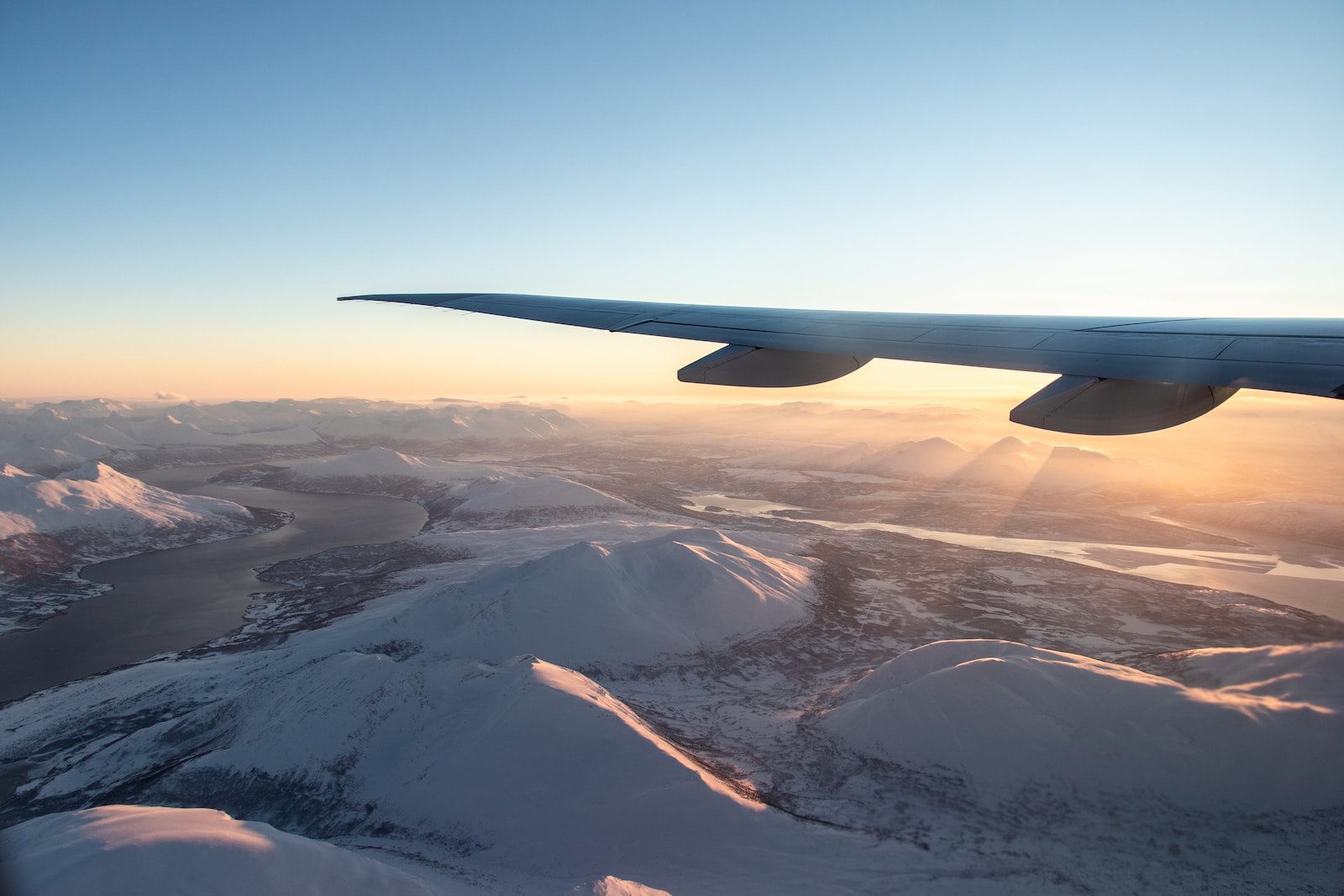Table of Contents
ToggleIntroduction
The polar vortex is a weather phenomenon that has been making headlines in recent years. This swirling mass of cold air that typically hovers over the Arctic has been known to cause extreme weather conditions in other parts of the world. In this article, we’ll take a closer look at the science behind the polar vortex, its impact on the environment, and the polar vortex forecast for the coming years.
According to the Arctic Oscillation (AO) and Polar Vortex (PV) Analysis and Forecasts by AER, the Arctic Oscillation (AO) is currently neutral and is predicted to be increasingly negative in the next two weeks as pressure/geopotential height anomalies across the Arctic are currently mixed and are predicted to become increasingly positive over the next two weeks.
What is a Polar Vortex?
The polar vortex is a large area of low-pressure and cold air that typically circulates around the Arctic during the winter months. This mass of cold air is held in place by strong winds that blow from west to east around the Arctic. When these winds weaken, the polar vortex can become unstable and move southward, bringing cold air and extreme weather conditions to other parts of the world.
The Science Behind the Polar Vortex
The polar vortex is caused by a combination of factors, including the rotation of the Earth, the position of the sun, and the temperature of the air in the Arctic. When the sun sets in the Arctic during the winter months, the air cools rapidly, creating a large mass of cold air. This cold air is then held in place by the strong winds that blow around the Arctic.
The Impact of the Polar Vortex
The polar vortex can have a significant impact on the environment and on human health. When the polar vortex moves southward, it can bring extreme weather conditions, including cold temperatures, heavy snowfall, and strong winds. These conditions can be dangerous for people who are not prepared for them, and they can also cause damage to crops and infrastructure.
The Polar Vortex Forecast
The polar vortex forecast for the coming years is uncertain. While scientists have been studying the polar vortex for many years, there is still much that is not understood about this weather phenomenon. However, some experts believe that the polar vortex will become more unstable in the coming years, which could lead to more extreme weather conditions in other parts of the world.
The Future of the Polar Vortex
The future of the polar vortex is uncertain. While scientists continue to study this weather phenomenon, there are concerns about the impact of climate change on the polar vortex. Some experts believe that global warming could cause the polar vortex to become more unstable, which could lead to more extreme weather conditions in other parts of the world.
The Alternatives to the Polar Vortex
While the polar vortex is a natural weather phenomenon, there are alternatives that could help mitigate its impact on the environment and on human health. For example, governments could invest in renewable energy sources, such as wind and solar power, to reduce greenhouse gas emissions and combat climate change. They could also invest in disaster preparedness programs to help communities prepare for and respond to extreme weather conditions.
The Role of Governments
The role of governments in regulating the impact of the polar vortex is also an important issue. While the polar vortex is a natural weather phenomenon, there are concerns about the impact of climate change on the polar vortex and on the environment as a whole. Governments have a responsibility to take action to reduce greenhouse gas emissions and combat climate change, which could help mitigate the impact of the polar vortex on the environment and on human health.
Conclusion
In conclusion, the polar vortex is a weather phenomenon that has the potential to cause extreme weather conditions in other parts of the world. While the polar vortex forecast for the coming years is uncertain, there are concerns about the impact of climate change on this weather phenomenon. Governments need to take action to reduce greenhouse gas emissions and combat climate change, which could help mitigate the effects of polar vortex.







